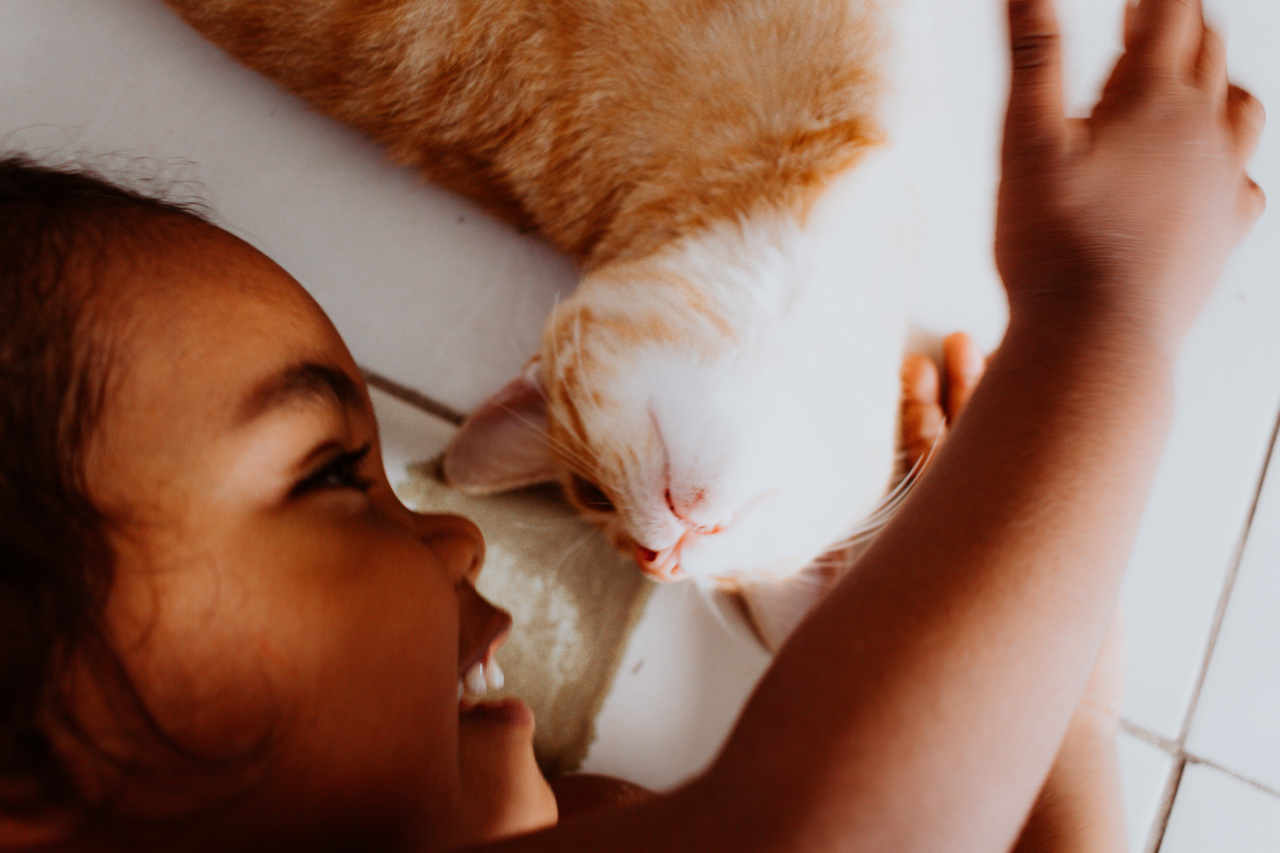For many children, losing a pet can be an incredibly painful and difficult experience. A pet is often seen as a loyal companion, a source of comfort and joy, and a trusted friend.
When that pet passes away, it can leave a deep void and a sense of loss that can be difficult to process.
The Importance of Acknowledging Grief
One of the first steps in helping a child cope with the loss of a pet is to acknowledge the grief that they are experiencing. Children may feel a range of emotions, from sadness and anger to confusion and guilt.
It’s important to validate these emotions and let them know that it’s okay to feel what they’re feeling.
One way to do this is to provide an open and non-judgmental space for them to express their emotions.
This could involve encouraging them to talk about their pet, sharing memories of their time together, and allowing them to express their feelings of loss.
Supporting Children Through the Grief Process
The grieving process can be different for each child, but there are some common stages that they may go through. These include:.
Denial and Shock
At first, a child may struggle to accept that their pet is really gone. They may experience a sense of shock and disbelief, and may look for their pet in familiar spots or expect them to come back.
Anger and Guilt
As they begin to process the loss, a child may experience feelings of anger and guilt. They may feel angry that their pet was taken away from them, or guilty about any perceived role they had in their death.
Sadness and Depression
In this stage, a child may experience a deep sense of sadness and may withdraw from activities they used to enjoy. They may struggle to find joy in things they previously enjoyed.
Acceptance and Moving On
With time, a child may come to accept the loss of their pet and be able to move on while still treasuring their memories. This stage can be a sign of healing and growth.
Practical Steps to Help Children Cope
There are a number of steps that parents and caregivers can take to help children cope with the loss of a pet:.
Share Honest Information About What Happened
It’s important to share honest information with children about what happened to their pet, in an age-appropriate way. This can help to avoid confusion or misconceptions that may make the grieving process more difficult.
Provide Comfort and Reassurance
Children may feel a sense of insecurity or fear that something else they love may be taken away from them as well. Providing comfort and reassurance can help them to feel safe and secure.
Allow Time to Grieve
Grieving is a process that takes time, and it’s important to allow children the space and time to process their emotions. This could involve taking time off from school or other activities, or allowing them to take breaks when needed.
Create a Memorial
Creating a memorial for their pet can be a helpful way for children to remember their pet and feel a sense of closure. This could include creating a scrapbook of memories or holding a memorial service.
Seek Professional Support
If a child is struggling to cope with the loss of their pet, it may be helpful to seek professional support.
This could involve reaching out to a therapist or counselor, who can offer specialized support and resources to help them work through their grief.
In Conclusion
Losing a pet can be an incredibly difficult experience for children, but it’s important to remember that grief is a normal and healthy part of the healing process.
By acknowledging their emotions, providing support and reassurance, and allowing them the time and space to grieve, parents and caregivers can help children to process their loss and move forward in a healthy and positive way.






























